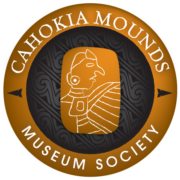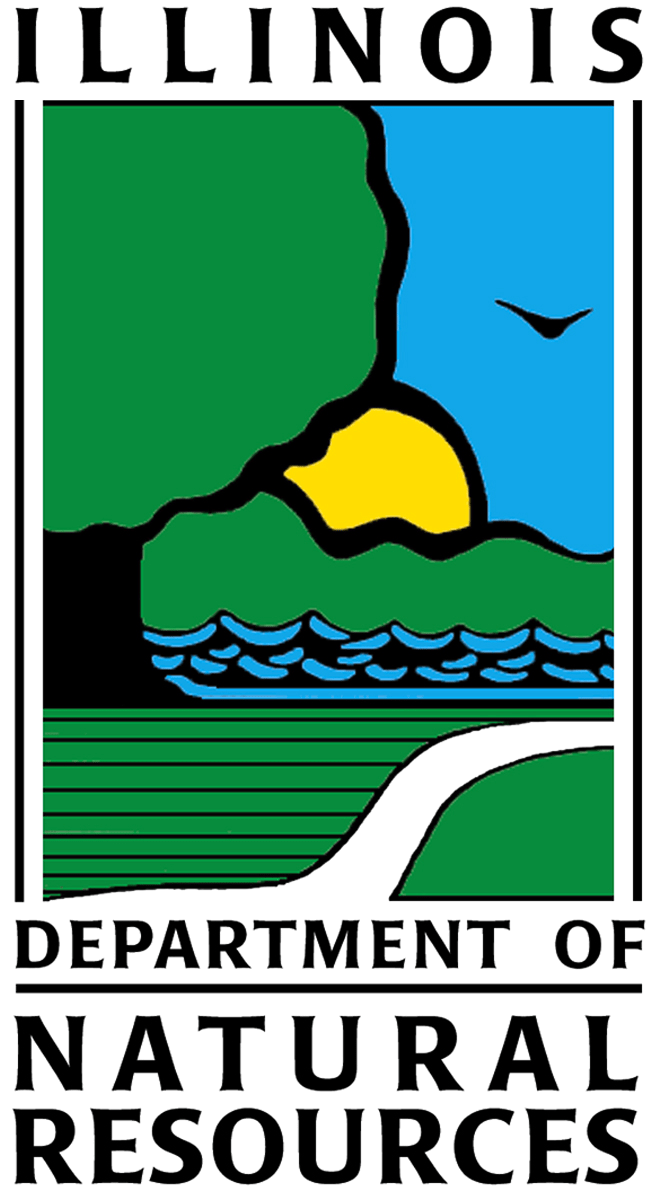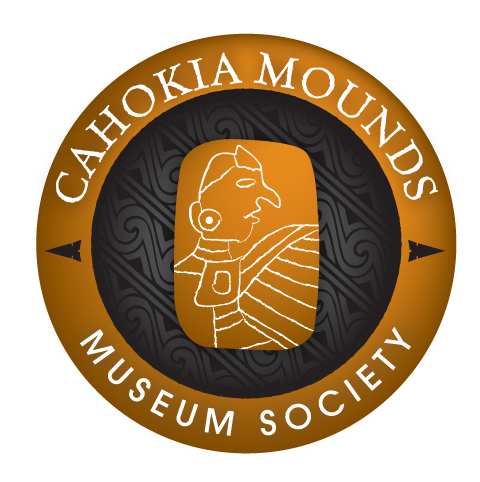Mound 20
As mapped by Patrick, Mound 20 is an ovalshaped platform mound with the long axis east-west. It has the same general shape on the UWM Map. Assuming the 127-meter (416.7-foot) contour as the base elevation of this mound, it is located between N236-300 and E70-772. This gives a north-south dimension of 64 meters (210 feet) and an east-west dimension of 68 meters (223.1 feet). The elevation on the top of the mound is 128.5 meters (421.6 feet), a height today of 1.5 meters (4.9 feet). The earlier maps indicated a much greater height. The McAdams Map of 1882 gives a height of 15 feet (4.6 meters) and Moorehead, in 1923, 4 feet (1.2 meters). The latter height conforms rather closely to present data, suggesting that most of the disturbance of this mound took place in the late nineteenth century.
As discussed above, Moorehead’s excavations were probably largely into Mound 20. The following summarizes some of Moorhead’s findings. Most notable were a number of burials. The depths of the skeletons varied from 2.5 to 6.5 feet (0.8 to 2.0 meters), and, except for one or two, all were extended. One-third were accompanied by pottery vessels. One skeleton was buried with four pots: a bowl, a jar, a dish, and a dipper-like object with a long, slender projecting handle decorated with sun symbols, a typical bean pot of the Cahokia area. Identification of the sun symbols is based upon the illustration published by Moorehead (Moorehead 1929: Plate xvii). Other pottery vessels, mussel shells, and rough flint objects were also buried with skeletons. None of the skeletons were well preserved. All the interments appeared to be on the same level or base line and were possibly buried in the village debris rather than the mounds. Moorehead also mentions that most of the burials appeared to be women; unusual, he thought, since both sexes should be found in the cemetery areas (Moorehead 1923: 17-19, 1929: 41-49).
In regard to the Mound 20 burials, Perino (1959) mentions that two burials on the fringe of Mound 20 and one burial beneath Mound 20 had horizontally filed teeth. Perino was surprised that Moorehead made no mention of notched or filed teeth among the Mound 20 burials since he is certain some skulls exhibited that type of filing. On the basis of the kind of pottery uncovered with these burials, Mound 20 is considered to be of a late date in the sequence of mound building at the Cahokia site. Mound 20 was one mound cited by Reed et al. (1968: 146-147), who stated that most of the mounds were built after the completion of Monks Mound.




